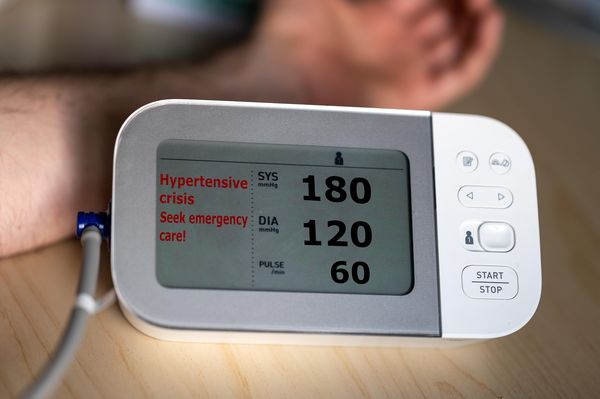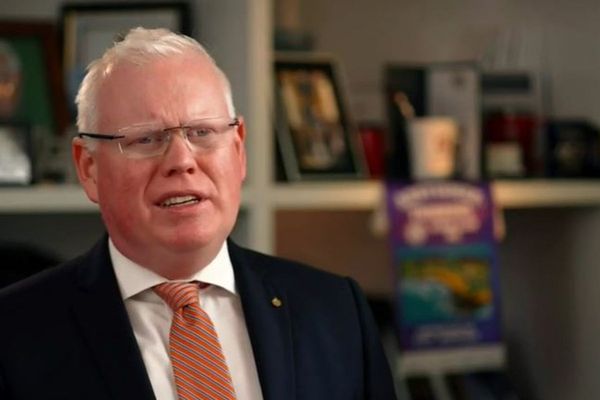Australia will need to invest more than $20 billion into industry abatement technology and the national energy system each year for the next 30 years, according to a report by the Australian Industry Energy Transitions Initiative.
The total investment is estimated at $625 billion by 2050, which is around $225 billion above the business-as-usual level of investment.
The report outlines a potential pathway for the iron and steel, aluminium, other metals, chemicals, and liquefied natural gas (LNG) industries — which account for a quarter of carbon emissions — to reduce emissions by 93 per cent.
Around $190 billion of the total headline investment between 2020 and 2050 will need to be invested in industry technologies, electrification and energy efficiency. This is estimated to be around $6.3 billion per year or 81 per cent greater than BAU spend.
Industry technology investments include carbon capture and storage, battery electric and fuel cell vehicles, and recycling among others.
Installation of 260GW of renewable energy capacity will be required including around 80GW of wind, 90GW of large scale solar, 80GW of rooftop solar, and 70GW of storage capacity. Energy system investments must also be made in transmission, fuel, operation and maintenance, storage, and system security.

Renewable energy will also be required to decarbonise inputs including the processing of critical minerals as well as production of green hydrogen, ammonia, decarbonised alumina, and green iron.
The report also argues that low emissions hydrogen production must reach 364,000 tonnes by 2030 and 2.23 million tonnes by 2050 to unlock decarbonisation opportunities where electrification may not be technically possible or cost prohibitive.
These are the reductions required to stay in line with Australia’s estimated fair contribution to the 2015 Paris Agreement global warming limit of 1.5 degrees Celsius above pre-industrial levels, which the report refers to as the ‘coordinated action scenario’.
The report focuses on modelling representing a ‘coordinated action scenario’ between government, industry, and finance. It was produced by specialists at the Climateworks Centre and CSIRO’s Energy business unit chief economist Paul Graham.
Among the 20 policy recommendations to heavy industry decarbonisation, the report calls for greater national coordination for renewable energy, targets for development of a large-scale decarbonised hydrogen market, and increased funding and support to increase the scale and pipeline of GreenTech pilots and demonstrations.
Five priority objectives for action are also outlined, and are represented across the recommendations:
- Set a strong, clear, enduring framework with a net-zero goal to align industry, finance and government efforts on the transition of Australia’s industry
- Transition to the large-scale, cost-competitive, renewable energy system of the future
- Accelerate development and demonstration of the emerging technologies needed for Australia to be a net-zero emissions superpower
- Drive deployment of low carbon solutions across the economy, reduce barriers and support investment towards the transition to compete in a decarbonising global economy
- Develop integrated net-zero regions, supply chains and energy network solutions.
The report also recommends the creation of a national strategy on “developing competitiveness in a global decarbonising economy” to ensure Australia has the “capabilities and culture needed to compete in a net-zero world.
If Australia hopes to develop a hydrogen and green iron export industry, it would require a further build of around 148GW of wind and 156GW of large scale solar PV. Alongside other industry and energy systems investments, the total cost is upwards of A$1.4 trillion by 2050.
Launching the report on Monday, Energy and Climate Change minister Chris Bowen said that the pathways outlined in the report “are very important”.
“We’re talking about hard-to-abate sectors, hard-to-abate technologies. But it’s absolutely vital and it can be done, as this report indicates. It will take some time and we need to provide some flexibility as we do that,” he said.
“We have urgency and we have agency. It’s not too late to hold the world as close as possible to 1.5 degrees, but we have to act very fast.”
The federal government wants renewables to be producing 82 per cent of Australia’s energy by 2030. An electricity grid powered by 100 per cent renewables by 2035 is a key element of the ‘coordinated action scenario’.
The Australian Industry Energy Transitions Initiative is convened by Climateworks Centre and Climate-KIC Australia and has received $2.3 million in support from the Australian Renewable Energy Agency (ARENA)
Partners to the initiative, which include BlueScope Steel, Fortescue, Rio Tinto, NAB, and Woodside Energy, represent more than 30 per cent of the ASX100, according to ARENA.
It is also supported by industry associations Ai Group and the Australian Industry Greenhouse Network.
Ai group chief executive Innes Willox said that two things were needed to achieve the change outlined in the report.
“First, we need to manage dramatic change and expansion in our energy systems, with all the growing pains that involves. Building things has been getting harder, but Australia’s economy and climate depend on making major new projects happen across the country,” Mr Willox said.
“Secondly, policy needs to provide a basis for industry to invest in deep decarbonisation without losing competitiveness. The redesign of the Safeguard Mechanism will not be complete until there is a long-term measure to avert carbon leakage.”







